Researchers:
Michael F Nelson, Ryan W Klein, Andrew K Koeser, Shawn M Landry, Brian Kane
Format: Research Study/Post-Test
CEUs:
ISA BCMA Science: 0 Practice: 0 Management: 1
Climber Specialist: 1
ISA Certified Arborist: 1
Utility Specialist: 1
Municipal Specialist: 1
Aerial Lift Specialist: 1
You are purchasing the post-test and CEU processing for this open source research study.
Abstract:
Urban trees are often more sun- and wind-exposed than their forest-grown counterparts. These environmental differences can impact how many species grow–impacting trunk taper, crown spread, branch architecture, and other aspects of tree form. Given these differences, windthrow models derived from traditional forest production data sources may not be appropriate for urban forest management. Additionally, visual abnormalities historically labeled as “defects” in timber production, may not have a significant impact on tree failure potential. In this study, we look at urban tree failures associated with Hurricane Irma in Tampa, Florida, USA. We used spatial analysis to determine if patterns of failure existed among our inventoried trees. We also looked at risk assessment data to determine which visual defects were the most common and the most likely to be associated with branch or whole-tree failure. Results indicate that there was no spatial pattern associated with the observed tree failures–trees failed or withstood the storm as individuals. While some defects like decay and dead wood were associated with increased tree failure, other defects such as weak branch unions and poor branch architecture were less problematic.
Click the link below to read the research study:

